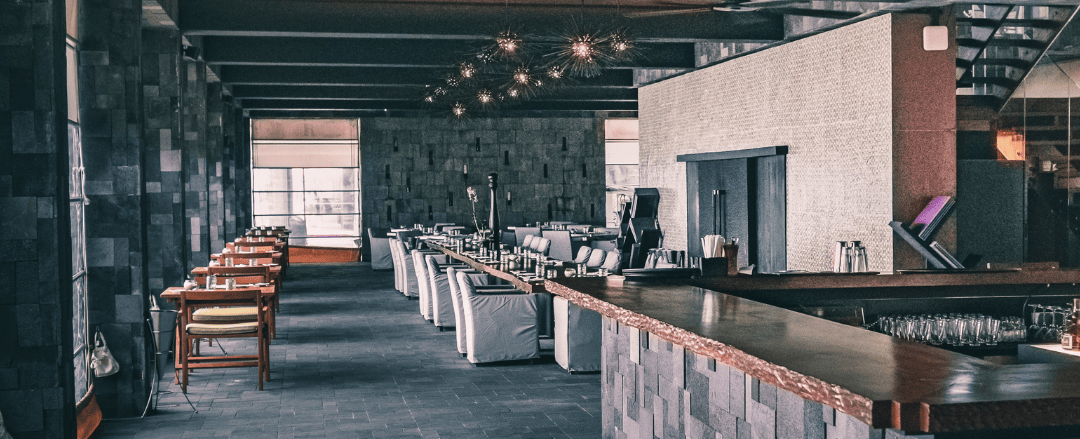Commercial building owners in various industries have the potential to unlock substantial tax savings with a Section 179D tax deduction on new buildings and renovations with energy efficient systems. Calvetti Ferguson has provided a case study to exemplify its service offerings and value add while performing a Section 179D analysis in the food & beverage industry. Throughout our analysis, the client can expect:
- Potential tax benefit for building upgrades: Businesses can claim tax deductions for energy-efficient building upgrades through Section 179D. This can significantly reduce taxable income and free up capital for reinvestment.
- Simplified Section 179D process: Calvetti Ferguson handles the entire Section 179D analysis process, including site visits and engineering verification, minimizing disruption to the client’s business operations.
- Increased deduction potential: The Inflation Reduction Act enhances Section 179D, increasing the maximum deduction from $1.80 to $5.00 per square foot for projects completed in 2023 and onward.
- Broad applicability: The program applies to various industries and covers new construction or renovations completed since 2006.
- Expertise: Selecting a company with both engineering and tax knowledge is crucial to maximize the benefits of a Section 179D study. Calvetti Ferguson’s specialty tax credit consulting team holds various experience and expertise to help your company uncover opportunities to save significant money on their taxes.
Background
A national restaurant chain contacted Calvetti Ferguson to perform a Section 179D analysis coinciding with the following building upgrades:
- HVAC equipment
- Interior lighting
- Building envelope systems
The restaurant chain had yet to take advantage of the Section 179D program and had been depreciating their buildings over the standard 39-year life. This presented them with significant untapped value, achievable through accelerated depreciation under the Section 179D program.
The client supplied all construction drawings from the initial build-out of the restaurants and any renovations from the initial placed-in-service date. Once our team received these documents, we could independently perform the Section 179D study.
We only required input from store managers to schedule the site visits. Site visits were unobtrusive and typically took no longer than 30 minutes to complete.
Analysis and Solution
Calvetti Ferguson analyzed 76 buildings across eight states that had been recently constructed or had upgrades to HVAC and hot water systems, interior lighting, and building envelope systems. For Section 179D, we were able to perform an analysis of any buildings that were constructed or renovated after January 1, 2006. The study took place over three months for the 76 buildings. This included all time to perform energy modeling and site visits. Calvetti Ferguson had monthly progress updates with the client to ensure all were aware of the progress and any challenges.
Each building that was a part of the study was analyzed using DOE-approved software. Our technical team converted the construction plans into a 3D model to analyze the energy-efficient performance of the buildings. If a building did not meet the thresholds required by the tax code for the deduction amount, the building had to be removed from the analysis.
As part of the Section 179D study requirements, a licensed engineer performed a site visit for each building to verify the energy-efficient features that were installed and reflected accurately in the construction documents. Calvetti Ferguson was able to schedule all site visits for times that had the least impact on the client’s business operations.
Value
The client saw an estimated benefit of $1 million of deductions for the tax year 2022 due to the Section 179D studies. This helped reduce their taxable income and generated additional capital that could be reinvested into their business. The client is now engaged with Calvetti Ferguson for future energy-efficient building upgrades in the coming taxable years.
About Section 179D
The energy-efficient commercial buildings deduction, Section 179D, allows commercial building owners in various industries to claim a tax deduction for new construction or renovation projects completed since 2006. A maximum deduction rate of $1.80 per square foot is available for projects placed into service before 2023. The Inflation Reduction Act enhances Section 179D, increasing the maximum deduction to $5.00 per square foot for projects completed in 2023 and the future.
Contact Us
Have you completed or are you considering a new construction project for your building? Contact our tax incentives team to understand the value you can obtain with a Section 179D study. We have the engineering and tax expertise to analyze and certify the Section 179D deduction. Please complete the form below, and we will follow up with you shortly.

